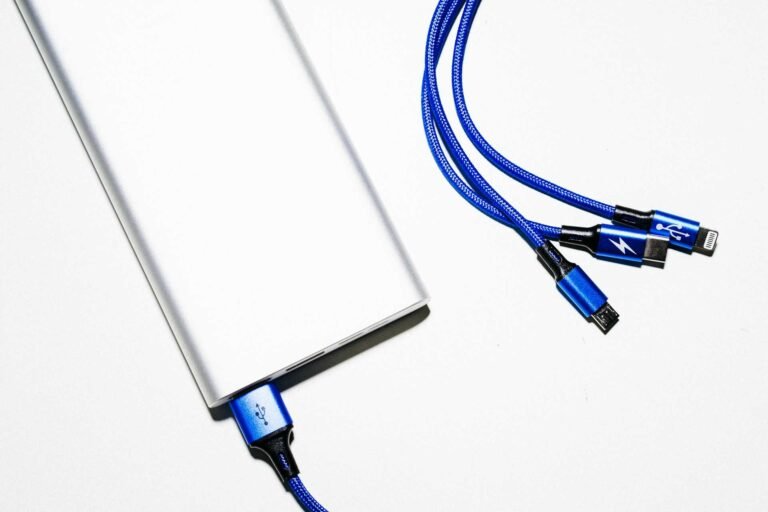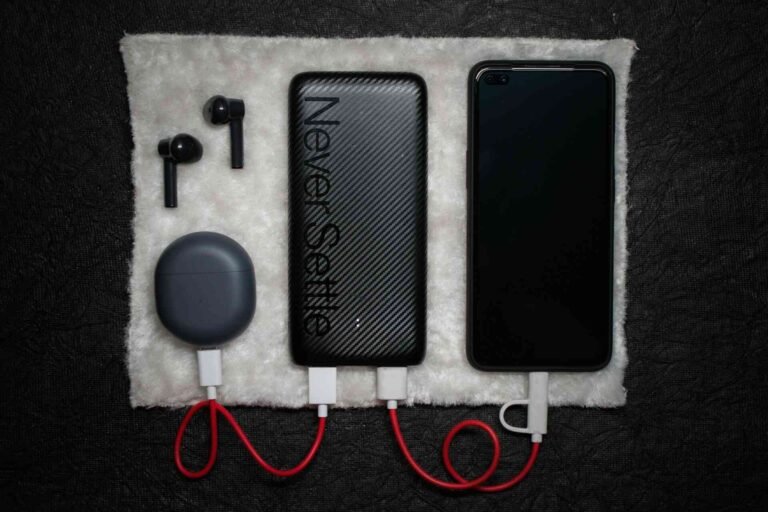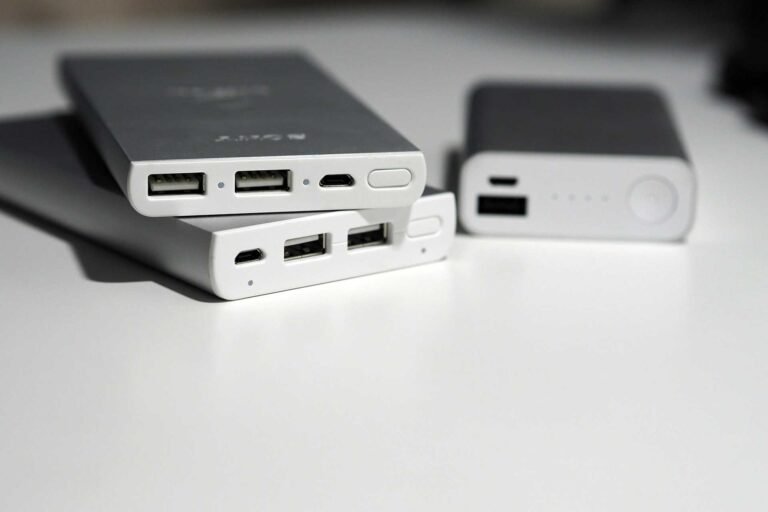How to Tell if You Have Thunderbolt 3 or 4: Identifying Your Ports
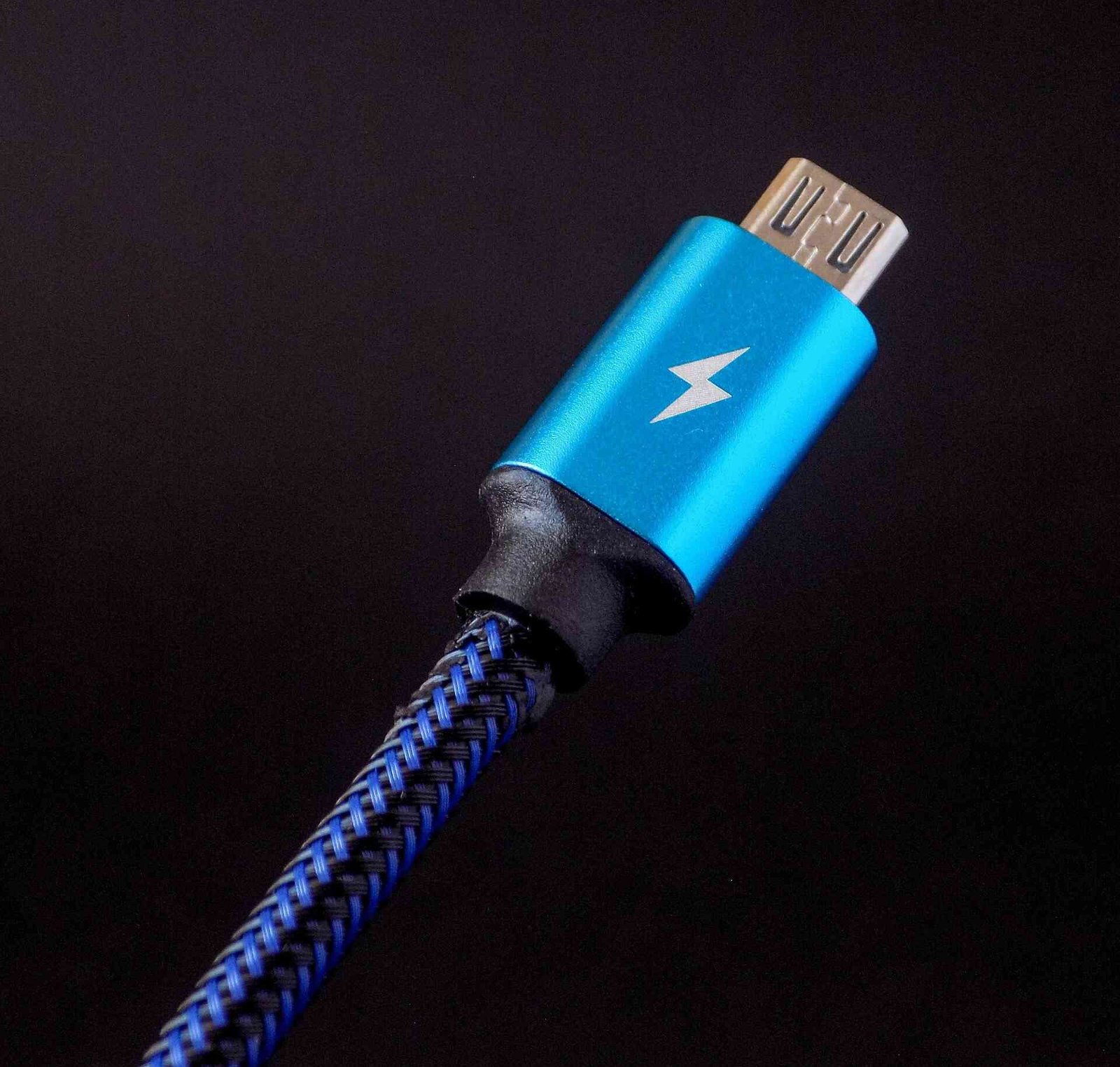
Ever stared at your laptop’s side panel feeling like you’re trying to decode ancient hieroglyphics? We get it. With USB-C, Thunderbolt 3, and Thunderbolt 4 ports all looking practically identical, figuring out what you actually have can feel like solving a tech puzzle blindfolded. But don’t worry – we’re here to turn you into a port detective extraordinaire.
Whether you’re trying to connect a high-performance monitor, transfer massive files, or just wondering if that fancy new USB-C hub will work at lightning speed, knowing your Thunderbolt version is crucial. Let’s dive into the surprisingly entertaining world of port identification.
Why Knowing Your Thunderbolt Version Actually Matters
Before we start playing port detective, let’s talk about why this matters beyond satisfying your inner tech geek. Thunderbolt 3 and 4 aren’t just fancy names, they represent significant differences in performance, capabilities, and compatibility that can make or break your setup.
Thunderbolt 4 brings improvements in minimum performance requirements, better security features, and enhanced compatibility standards. While Thunderbolt 3 was already impressive with its 40 Gbps bandwidth, Thunderbolt 4 ensures that speed is consistently available and adds stricter requirements for manufacturers. This means when you’re daisy-chaining devices or running multiple high-resolution displays, knowing which version you have helps you understand what your system can actually handle.
Plus, if you’re dealing with USB connectivity issues understanding your port capabilities can help diagnose whether it’s a power delivery problem or a bandwidth limitation.
How to Check if Your Laptop Has Thunderbolt 3 or 4: The Visual Detective Method
The first step in our investigation involves playing Sherlock Holmes with your ports. Grab your laptop and let’s start with the most obvious clues.
The Lightning Bolt Symbol Hunt
The most reliable visual indicator is the lightning bolt symbol next to your USB-C port. If you see a tiny lightning bolt icon, congratulations – you’ve found a Thunderbolt port! But here’s where it gets tricky: both Thunderbolt 3 and 4 use the same symbol, so this only confirms you have Thunderbolt, not which version.
Some manufacturers are helpful enough to include a small “3” or “4” next to the lightning bolt, but don’t count on it. Many laptops just show the lightning bolt and leave you guessing like you’re on a tech game show.
Port Placement Patterns
Thunderbolt ports often appear in specific locations. On most laptops, you’ll find them on the left side, sometimes grouped together if your machine has multiple Thunderbolt ports. Gaming laptops and workstations might have them scattered around for better heat management.
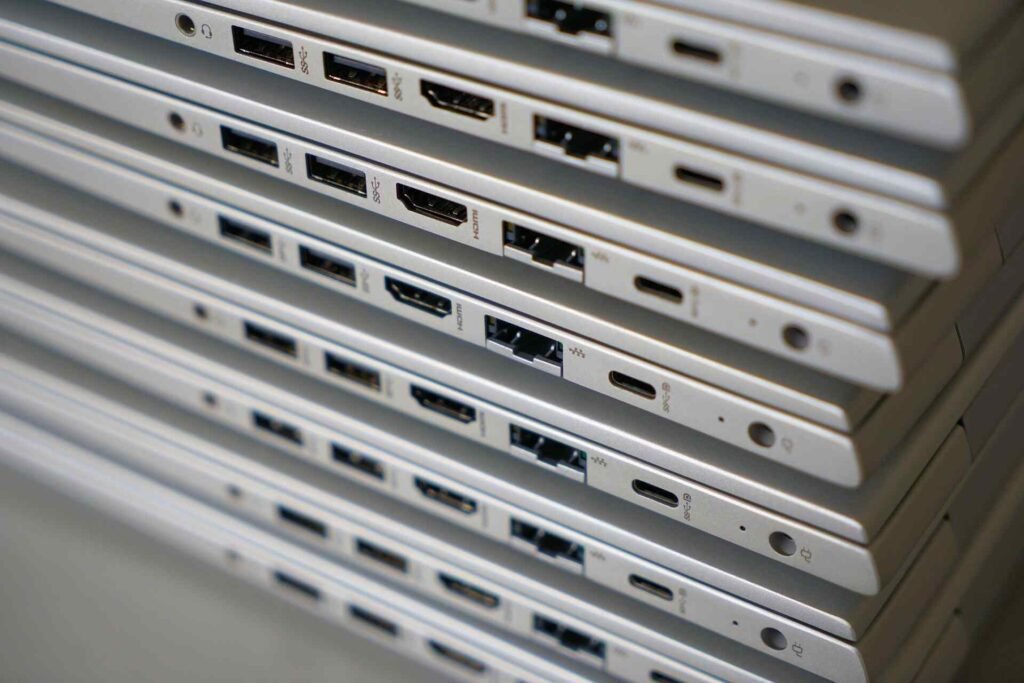
How to Tell if Thunderbolt 3 or 4 Through Software Detection
When visual inspection leaves you scratching your head, it’s time to let your computer do the talking. Different operating systems have various ways to reveal this information, and we’ll cover the most reliable methods.
Windows System Information Deep Dive
Windows users have several paths to Thunderbolt enlightenment. The Device Manager is your first stop – look for “System devices” and expand the category. Thunderbolt controllers will be listed here, often with Intel Thunderbolt Control or similar naming that includes version information.
For a more detailed approach, open System Information by typing “msinfo32” in the Run dialog. Navigate to Components > USB, and look for Thunderbolt entries. The driver versions and device descriptions often contain enough clues to determine whether you’re dealing with version 3 or 4.
macOS
Mac users have it slightly easier thanks to Apple’s integration approach. Click the Apple menu, select “About This Mac,” then “System Report.” Under Hardware, look for “Thunderbolt” or “USB.” The Thunderbolt section will list your controllers and their specifications.
macOS also provides Thunderbolt information in the System Preferences under displays when you connect compatible devices, making it easier to verify your port capabilities during actual use.
Linux Terminal Commands
Linux enthusiasts can use terminal commands to uncover Thunderbolt details. The lspci command with grep filtering can reveal Thunderbolt controllers, while dmesg | grep -i thunderbolt shows kernel messages related to Thunderbolt initialization and device detection.
The Hardware Specification Detective Work
Sometimes the most reliable way to determine your Thunderbolt version is going straight to the source – your computer’s specifications. This method works especially well for newer machines where manufacturers clearly document Thunderbolt capabilities.
Manufacturer Specification Sheets
Check your laptop’s official specification page on the manufacturer’s website. Search for your exact model number (usually found on a sticker on the bottom of your laptop) and look for port specifications. Most manufacturers clearly list whether ports are Thunderbolt 3, Thunderbolt 4, or just USB-C.
This method is particularly useful because it also tells you about power delivery capabilities, which affects how well powered USB hubs will work with your setup. If you plan on connecting many peripherals, a powered USB-C hub ensures stable performance and sufficient power delivery.
Purchase Documentation Research
Dig out your purchase receipt or order confirmation, these often include detailed specifications. If you bought from a major retailer, your order history might still show the complete tech specs that were listed at the time of purchase.
Thunderbolt 3 vs 4: What the Differences Actually Mean for You
Understanding the practical differences between Thunderbolt 3 and 4 helps you make better decisions about accessories and expect realistic performance from your setup.
| Feature | Thunderbolt 3 | Thunderbolt 4 |
|---|---|---|
| Maximum Bandwidth | 40 Gbps | 40 Gbps |
| Minimum PCIe Data | 16 Gbps | 32 Gbps |
| Video Support | 1x 4K or 2x 1080p | 2x 4K displays |
| USB4 Compatibility | Optional | Required |
| Wake from Sleep | Optional | Required |
| Security (VT-d) | Optional | Required |
The key takeaway is that while both versions share the same maximum speed, Thunderbolt 4 has stricter minimum requirements. This means Thunderbolt 4 ports are more likely to deliver consistent performance, especially when you’re pushing multiple devices or high-resolution displays.
Real-World Performance Implications
In everyday use, you might not notice dramatic differences between Thunderbolt 3 and 4 for basic tasks like charging or connecting a single monitor. However, the differences become apparent when you’re daisy-chaining devices, running multiple 4K displays, or transferring large video files while simultaneously charging your laptop. A high-speed external SSD is one of the most common accessories to fully benefit from Thunderbolt’s bandwidth.
If you’re experiencing USB hub latency issues, knowing your Thunderbolt version can help determine whether the problem is related to bandwidth limitations or other factors.
Testing Your Thunderbolt Performance
Once you’ve identified your Thunderbolt version, testing its actual performance helps verify everything is working correctly and gives you realistic expectations for your setup.
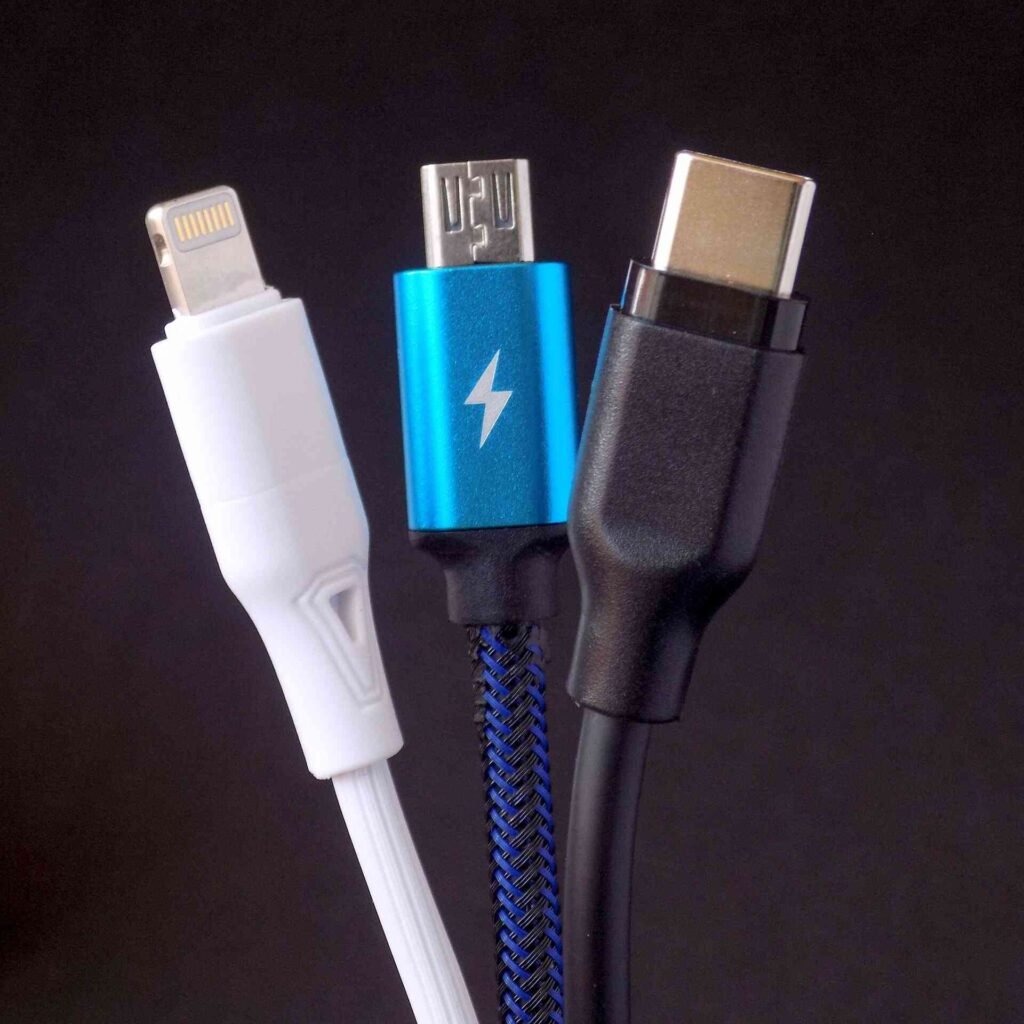
Benchmark Tools and Methods
Several free tools can test your Thunderbolt performance, including CrystalDiskMark for storage speeds and built-in system monitors for bandwidth utilization. When testing, try connecting different types of devices to see how your ports handle various workloads.
Device Compatibility Testing
The best way to understand your Thunderbolt capabilities is testing with actual devices. Connect displays, storage devices, and hubs to see how they perform and whether they work as expected. This practical approach often reveals quirks or limitations that specifications don’t mention.
Common Identification Mistakes to Avoid
Even experienced users sometimes make errors when identifying Thunderbolt ports, so let’s cover the most common pitfalls that can lead you astray.
The USB-C Confusion Trap
Just because a port looks like USB-C doesn’t mean it supports Thunderbolt. Many laptops have both regular USB-C ports and Thunderbolt ports that look identical. Always look for the lightning bolt symbol or check specifications rather than assuming based on appearance.
Some laptops even have different capabilities on different USB-C ports – one might be Thunderbolt while another is just USB 3.2. This is particularly common on budget laptops where manufacturers include one premium port alongside standard ones.
Assuming Newer Means Better
Don’t automatically assume that a newer laptop has Thunderbolt 4. Many 2021 and 2022 laptops still shipped with Thunderbolt 3, and some budget models might not have Thunderbolt at all despite having USB-C ports. Always verify rather than assume based on purchase date.
When Thunderbolt Identification Gets Tricky
Some situations make Thunderbolt identification more challenging than our standard methods can handle. These edge cases require special approaches or additional detective work.
Mixed Port Configurations
Some laptops have multiple USB-C ports with different capabilities. You might find one Thunderbolt 4 port alongside regular USB-C ports, or even a mix of Thunderbolt 3 and 4 ports on high-end workstations. In these cases, each port needs individual verification.
Manufacturer Variations
Different manufacturers implement Thunderbolt slightly differently, which can affect identification methods. Some prioritize certain features over others, and driver implementations vary. This is why cross-referencing multiple identification methods gives you the most reliable results.
If you’re still having trouble identifying your ports, especially when dealing with USB compatibility questions, manufacturer support documentation often provides the clearest answers for specific models.
Frequently Asked Questions
How do I know if I have Thunderbolt 3 or 4 without any special software?
The easiest method is checking your laptop’s specifications on the manufacturer’s website using your exact model number. Look for the lightning bolt symbol next to USB-C ports, though this only confirms Thunderbolt presence, not the specific version. If you see “3” or “4” next to the symbol, that indicates the version.
Can I use Thunderbolt 4 devices with Thunderbolt 3 ports?
Yes, Thunderbolt 4 devices are backward compatible with Thunderbolt 3 ports. However, you’ll be limited to Thunderbolt 3 performance levels and capabilities. The device will work, but you won’t get the enhanced features that require Thunderbolt 4 specifications.
What’s the difference between USB-C and Thunderbolt ports?
All Thunderbolt 3 and 4 ports use the USB-C connector, but not all USB-C ports support Thunderbolt. Thunderbolt ports offer much higher bandwidth (40 Gbps vs up to 20 Gbps for USB-C), can daisy-chain devices, and support multiple high-resolution displays. Look for the lightning bolt symbol to identify Thunderbolt ports.
How many devices can I connect to a Thunderbolt port?
Thunderbolt supports daisy-chaining up to six devices per port, though practical limitations like power delivery and bandwidth sharing affect real-world performance. The exact number depends on the devices’ power requirements and data needs. High-bandwidth devices like 4K monitors will limit how many total devices you can effectively connect.
Why doesn’t my Thunderbolt port work with certain devices?
Compatibility issues can stem from several factors: the device might require specific Thunderbolt capabilities your port doesn’t support, driver issues, insufficient power delivery, or the device might not be true Thunderbolt despite marketing claims. Always verify both your port capabilities and device requirements, and ensure you have the latest drivers installed.
Wrapping Up Your Thunderbolt Detective Journey
Congratulations! You’ve successfully navigated the sometimes confusing world of Thunderbolt identification. Whether you discovered you have the speed demon that is Thunderbolt 4 or the still-impressive Thunderbolt 3, you now have the knowledge to make informed decisions about your tech setup.
Remember, knowing your Thunderbolt version isn’t just about bragging rights at the coffee shop (though that’s a nice bonus). It’s about understanding what your laptop can actually do, avoiding compatibility headaches, and getting the most out of your USB charging setup and other peripherals.
The next time someone asks how to tell if they have Thunderbolt 3 or 4, you can confidently guide them through the detective process. And if you find yourself staring at yet another identical-looking port in the future, you’ll know exactly where to start your investigation. Happy connecting!
Looking for more? Check out our tech utilities category for more articles and guides that may interest you!
Featured image credit: Image by Tomek from Pixabay
This content is for informational purposes only. Please verify current information directly on the retailer’s site before purchasing.


